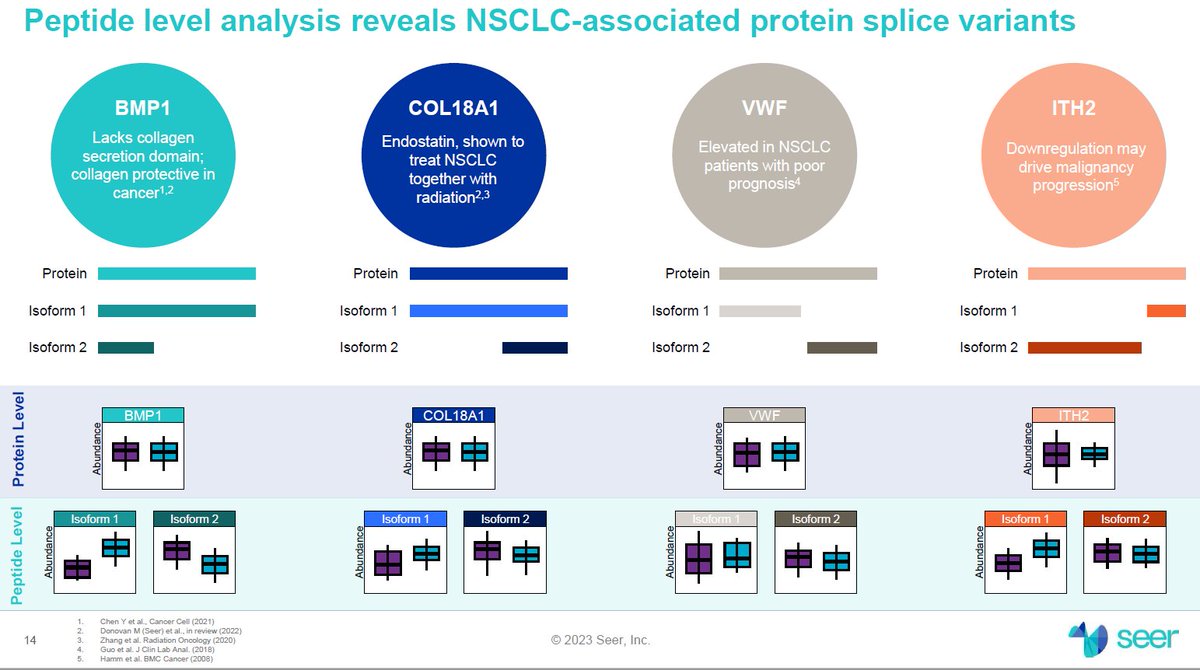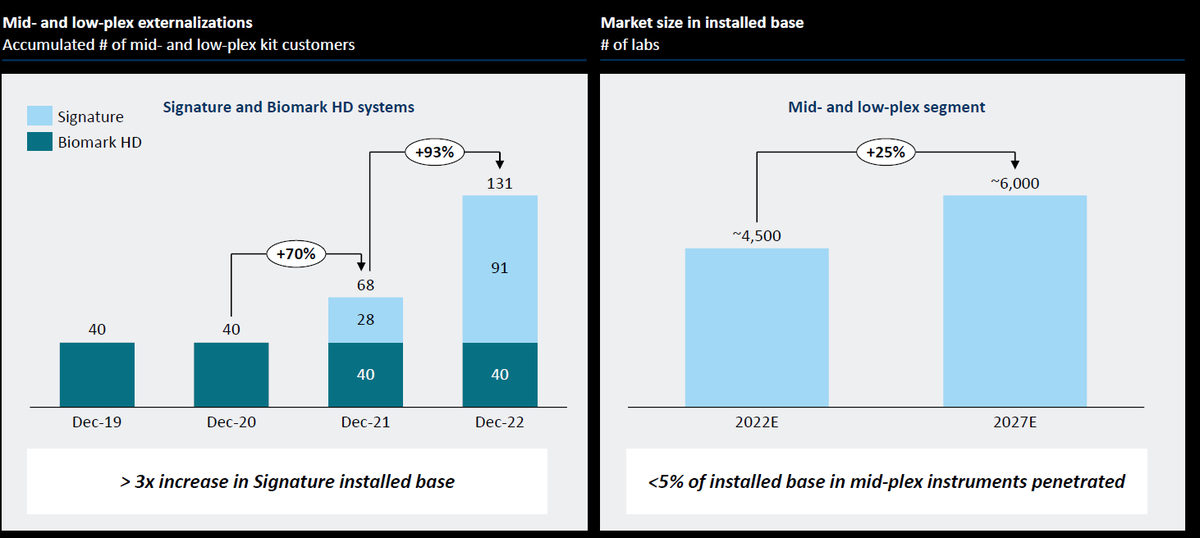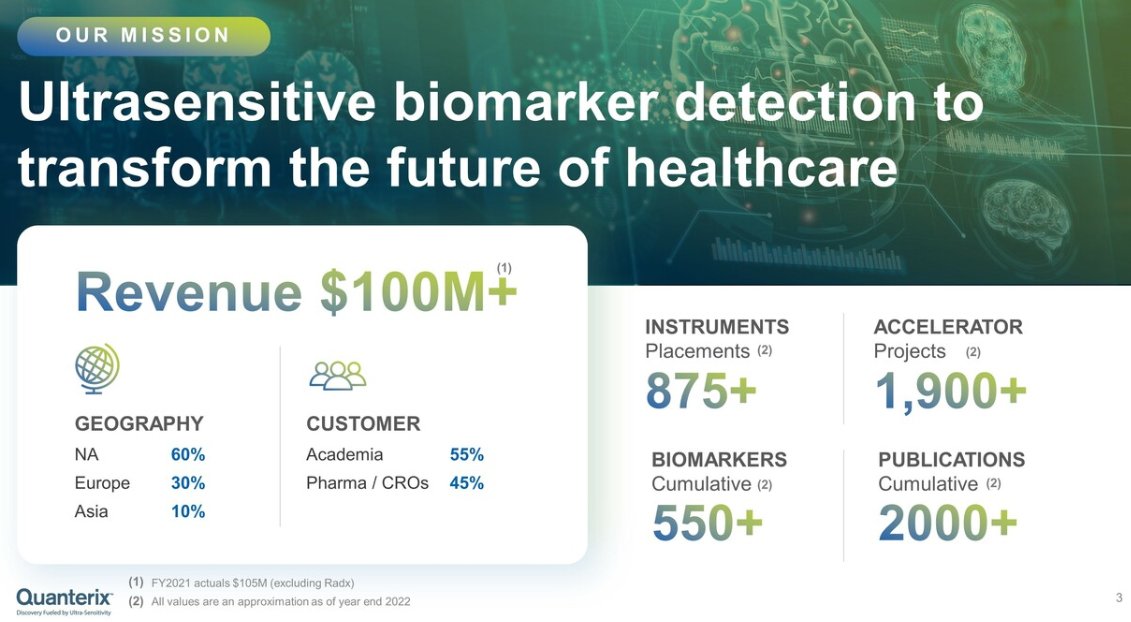
In #JPM2023 news, $AKYA Akoya Biosciences presented with their #SpatialBiology solutions. Here the 3 instruments lined up from Discovery to Translational to Clinical segments. 

Instrument numbers: 229 PhenoCyclers, 83 PhenoImager Fusions, and 551 PhenoImager HTs, Mantras & Vectras, as of September 30, 2022. 

They see the 3 segment TAMs in the $3B, $4B and $7B range. I wonder if there are others leaning more on the clinical for their TAM predictions, rather than having earlier segments already accounting for so much. 

Some numbers of the current Spatial Biology Market Trends and where they see CAGR opportunities. DeciBio Projects for Akoya highlighted. 

Announcement of the RNAscope by ACD (Bio-Techne) on the PhenoCycler-Fusion: a direct RNA detection technology, automated 12-plex RNA configuration, 24 hours TAT. 

An example of one of these PhenoCode Signature panels here is Immuno-Oncology (IO), here first 5 panels for 1Q '23. 

Then continuing in 2023, the PhenoCycler-Fusion 2.0 with 100+ plex / 20+ samples per week both RNA and protein enabled. 

For the PhenoImager HT, it's all about adoption, with biopharma partnerships and workflow ecosystem tuning. 

A little bit of data analysis: being used to #NextGenerationSequencing, and read data, of the like of FASTQ and BAM files, it's a bit refreshing to see companies in #InSituImaging talking about Data Analysis in terms of turning terabytes of image data in GBs: the QPTIFF format. 

Final slide for Financial Overview: $20-21M Q4 2022 estimated revenue range, and almost $75M for 2022. 

More on Spatial Biology and Single Cell at bit.ly/scspatial-slid…
• • •
Missing some Tweet in this thread? You can try to
force a refresh





























